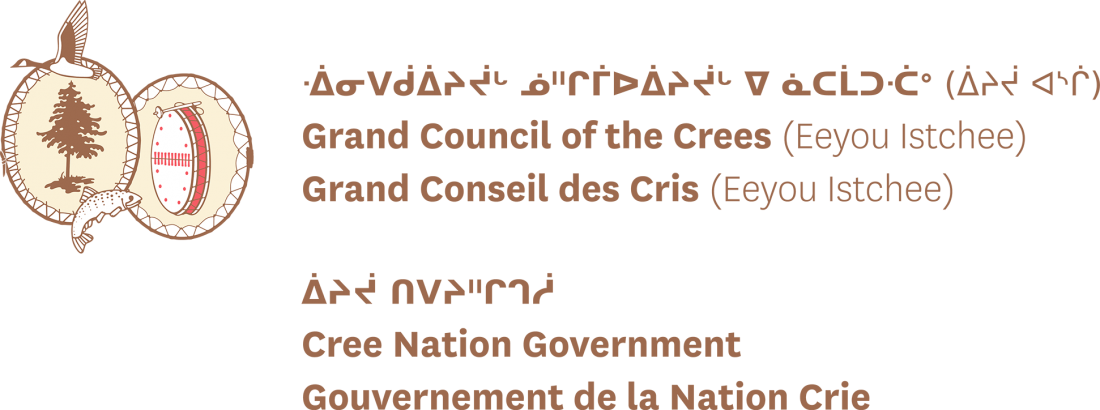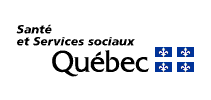Rinsing the nose: How it helps your child when they have a cold
What is nasal rinsing?
-
A technique to rinse the nose to get rid of mucus
-
You use a plastic syringe with saline water you can make at home
-
It is recommended by doctors and audiologists for children up to 8 years old, and for all of us when we have a cold
-
It is safe and low cost
-
It is also called nasal irrigation
Why is it recommended?
Regular nasal rinsing helps
-
Prevent and reduce colds, sinus and ear infections
-
Ease discomfort from congestion
-
Babies and infants to breathe more easily when they have a cold
Regular nasal rinsing helps prevent and reduce colds, sinus and ear infections for your child.
It also:
- eases discomfort from congestion
- helps babies and infants breathe more easily when they have a cold
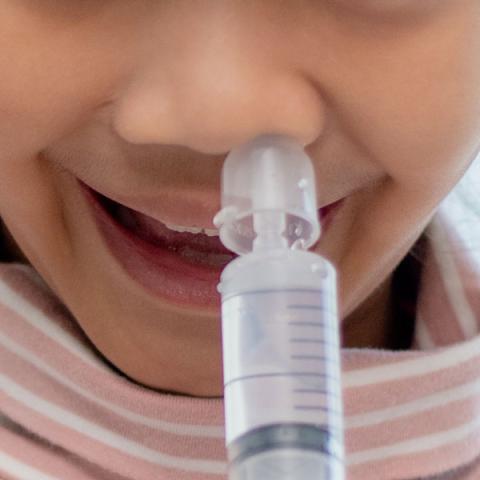
Nasal rinsing is safe and low cost
Did you know?
Preventing ear and sinus infections, as well as colds means:
-
Less antibiotics
-
Less discomfort and pain
-
Less absence from work/childcare/school
-
Fewer visits to the clinic
-
Less risk of hearing loss from multiple ears infections
Recipe for homemade saline water
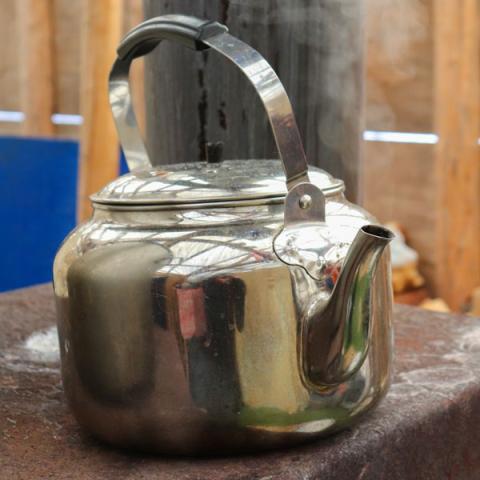
Boil 4 cups of water for 3 minutes
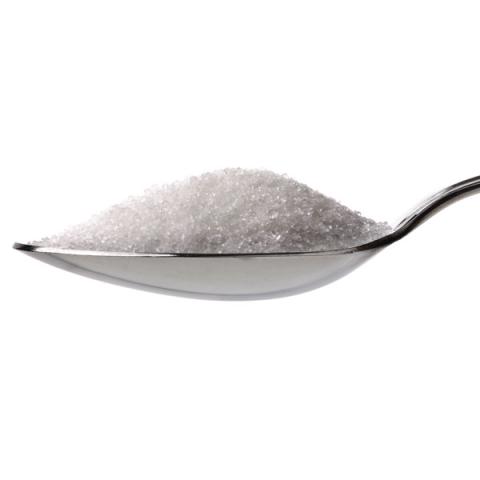
Add 2 teaspoons of non-iodized salt (like canning, pickling or kosher salt)
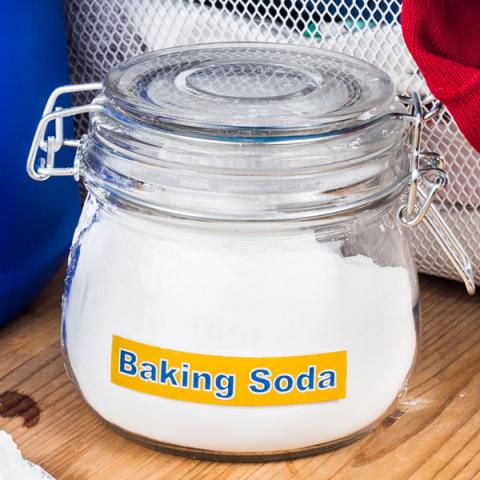
Add 1 half teaspoon of baking soda.
IMPORTANT: Let it cool down before using
Tips
-
Check the salt label to make sure it is NOT iodized salt, like table salt, because it can cause irritation
-
You can keep the solution for 7 days in an airtight glass container in the refrigerator
-
Always shake before using
-
Make sure the temperature is warm or cold - never hot!
How much should I use?
-
0 - 6 months old: 3 - 5 mL per nostril (using a 3 mL syringe)
-
6 months and older: 5 - 10 mL per nostril or until water is clear (using a 10 - 20 mL syringe)
Always shake the preparation before using it and make sure temperature is warm or cold, not hot!
How often?
Child without a cold
-
Once daily during summer time
-
Twice daily during fall and winter time
-
Best in the morning and before bed
Child with a cold or congestion
-
4 - 6 times daily
-
Best before meals and sleep time
What is the technique?
There are different techniques to rinse the nose according to your child’s age.
-
0 - 6 months old: lying down on the side
-
6 months - 3 years old, or as soon as the baby is able to sit: Sitting on parent’s knees wrapped in a towel or blanket
-
3 years and older: Standing over the sink with mouth open one nostril at time, or sitting down if it is more comfortable for the child.
See your Awash PCCR or nurse to learn the right technique.
